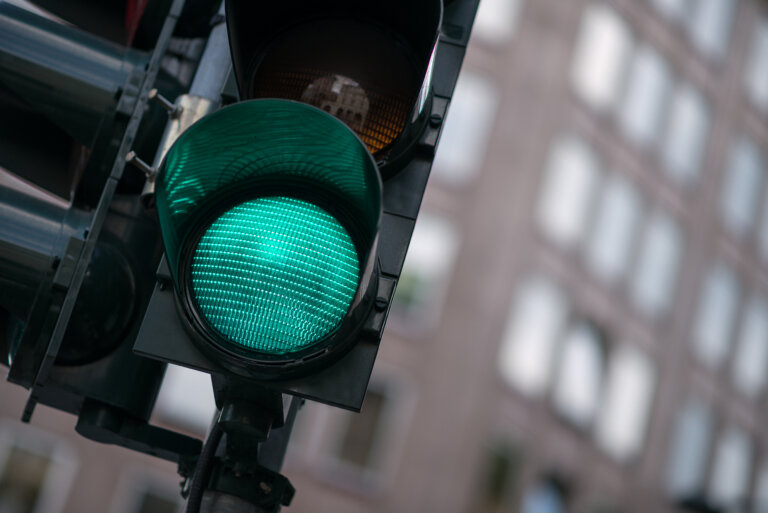If you’ve been injured in a car accident caused by defective traffic lights or poor road conditions, we understand how frustrated and confused you may feel.
You may be wondering who is responsible for the accident and how you can hold them accountable. Dealing with injuries from an accident caused by external factors beyond your control can be incredibly stressful and overwhelming. It’s important to know that you have options and resources available to you.
Our experienced California car accident attorneys are here to help you navigate the legal system and seek the justice and compensation you deserve for your injuries.
So, let’s cut through the fog together and figure out who may be liable for accidents caused by defective traffic lights or poor road conditions.
Types of Defective Traffic Lights and Poor Road Conditions
Before diving into the legal aspects, let’s first familiarize ourselves with the common types of defective traffic lights and poor road conditions that can lead to accidents. Understanding these hazards will provide a clearer picture of the challenges you might face on the road and help you identify potential culprits in your quest for justice.
Defective Traffic Lights:
- Non-functioning lights
- Incorrect signal sequencing
- Inadequate visibility
Poor Road Conditions:
- Potholes
- Uneven pavement or road surfaces
- Inadequate road markings or signage
- Road debris or obstacles
By understanding these hazards, you can better identify potential culprits and build a stronger case.
Government Agencies: The Usual Suspects
In terms of accidents caused by defective traffic lights or poor road conditions, government agencies are often held responsible due to their duty to maintain and repair public infrastructure.
The safety of motorists on the road is ultimately in their hands, and any failure to ensure safe road conditions and traffic management can result in property damage, injuries, or even fatalities.
Traffic lights that don’t work or road surfaces that are uneven and dangerous are hazards that can be avoided with proper maintenance. However, when government agencies fail to deliver on their responsibility, they should be held responsible.
Navigating the California Tort Claims Act
Now, here’s the tricky part: filing a claim against a government entity in California. It’s not as simple as suing a private party. There’s a unique set of procedures and deadlines you need to be aware of. Let’s break it down.
- The Six-Month Window. If you want to file a lawsuit against a government entity in California, you must first file a claim with the appropriate government agency. However, you need to be aware of a unique requirement called the “six-month window.” Under California law, you have only six months from the date of the incident to file a claim. If you miss this deadline, you may lose your right to sue.
- Filing the Claim. To file a claim against a government entity, you need to submit a document called a “Government Claim” or “Tort Claim” to the appropriate government agency. This claim should include the details of the incident that caused your injuries or damages, including the date, time, and location of the incident. You should also include any evidence or documents that support your claim.
- Lawsuit Timeline. After you file your claim, the government agency has 45 days to respond. If the agency denies your claim, you have six months from the date of the denial to file a lawsuit. If the agency does not respond within 45 days, you may consider your claim denied, and you have six months from the date of the incident to file a lawsuit.
If you decide to file a lawsuit, it’s important to understand that the process can take a long time. Several steps are involved, including discovery, depositions, and motions, which can take several months or even years to complete. Additionally, if the case goes to trial, it can take several more months or even years before a verdict is reached.
Shared Liability: The Unexpected Twist
Here’s something counterintuitive: sometimes, it’s not just the government agency that’s liable. Other parties, like contractors, can share responsibility for the accident. For instance, if a contractor poorly repaved a road, leading to a hazardous situation, they might also be held accountable.
The Path Forward: Persistence and Support
Navigating this legal labyrinth can be daunting, but it’s essential to stand up for your rights and seek fair compensation for your injuries. It’s not just about you. It’s about ensuring our roads and traffic systems are safe for everyone. Contact us for a free consult to learn more about how to move forward.


